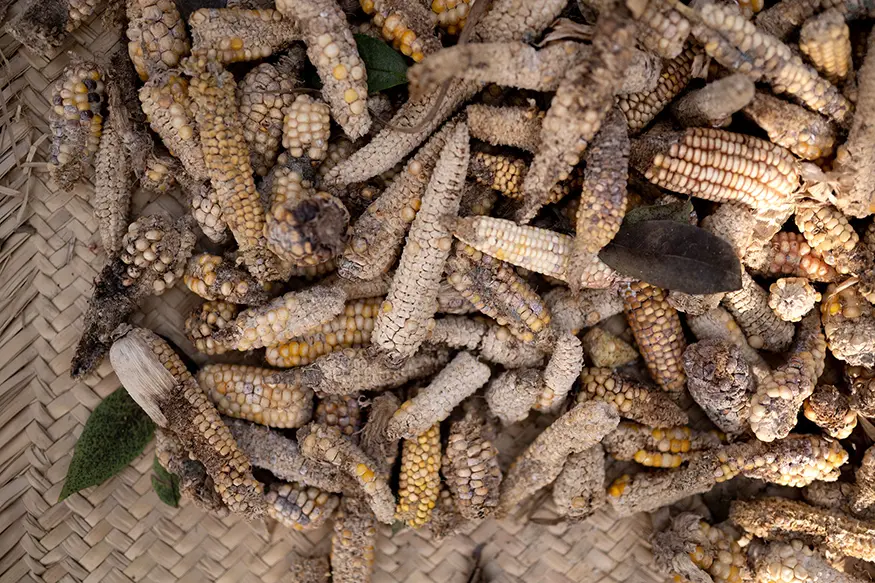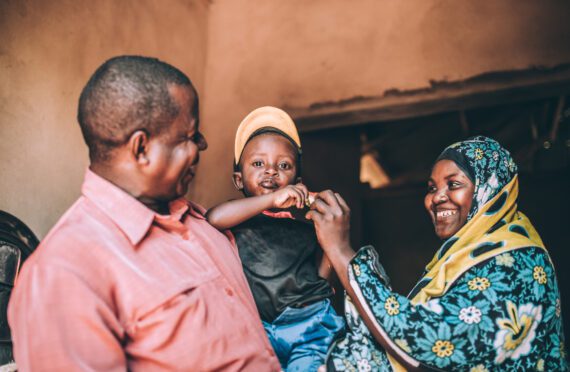The Current Situation:
- Honduras and Guatemala are both located in the “dry corridor” region of Central America, along with El Salvador and Nicaragua. The World Food Programme (WFP) described conditions in 2021: “Southern Honduras looks shockingly similar to the Niger, Chad, or countries in the arid Sahel region of West Africa. Years of drought have left this once productive area scorched and barren.”
- Between 2018 and 2021, hunger increased fourfold in the dry corridor countries. Nearly 8 million people in the region were food insecure, and of these, 1.7 million needed emergency food assistance.
- Recurring drought has damaged crops, leading to harvests that are much smaller than usual and also far short of what is needed to feed the population. For example, the U.S. Department of Agriculture (USDA) projected a sharp drop in sorghum production that would put it nearly 60 percent below the five-year average and impact agricultural livelihoods. Sorghum is commonly eaten as porridge, and it is also important as livestock feed.
- The COVID-19 pandemic caused major economic disruptions throughout the dry corridor. An estimated one-third of people who held jobs either lost them or left the labor force altogether.
- WFP and FAO note that these countries are still in crisis, with many people facing severe food insecurity. In Honduras, the number of people who need humanitarian assistance was projected to be 2.6 million—or potentially more, depending on the impact of rising food prices. In Guatemala, the researchers lacked updated data but did not have reason to believe that conditions had changed dramatically.
- Households might be forced to resort to crisis strategies as the “lean season” continues. The lean season is the time every year, often lasting several months, when last year’s crops have been consumed but the next harvest is not yet ready. A crisis strategy might be, for example, for all adults in the household to eat only one meal a day.
The Causes:
Climate change, including drought
Economic and social impacts of the COVID-19 pandemic
Humanitarian Assistance:
WFP is providing assistance, through both cash and food distribution, to help people get enough to eat throughout the lean season until harvest time. A second priority is to ensure that people have seeds and other supplies so that they can plant new crops after the harvest.
WFP is also helping communities become better equipped to adapt to climate change by gaining experience with drought-resistant crops as well as water management techniques such as water harvesting. For example, some farmers are now growing crops that are less dependent on water, including cashews and mangoes.
Bread for the World’s Connection to This Hunger Hotspot:
Bread’s ongoing advocacy for robust humanitarian food and nutrition assistance is essential to an effective response to the hunger crisis in Central America. Bread for the World members are longtime faithful advocates for people in hunger emergencies and have already helped to win additional humanitarian funding this year. This is part of Bread’s efforts to persuade Congress to allocate funds that save lives, prevent irreparable harm from early childhood malnutrition, and ease suffering. Bread members also champion U.S. development assistance, which helps prevent hunger emergencies by enabling and equipping people to build resilient communities.



